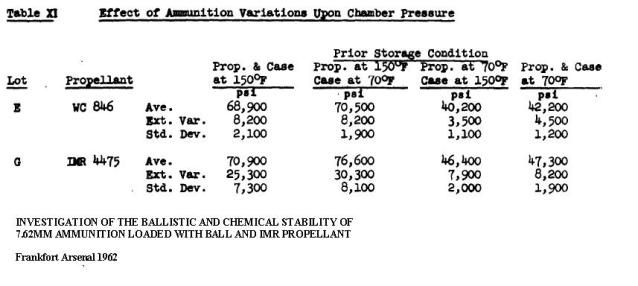I inherited a bit of ammo when my Father died, and among that cache was a box of Norma 220gr .30-06 (from the 60's by the look of the box)...
I pulled them out to look at them this AM, and this is what I found:

Five out of 16 rounds have this corrosion on them...On two, the corrosion has expanded the case below the bullet to the extent where the brass ruptured...This box was stored bullet down for decades at Dad's, and for a few years now here...They had a cardboard divider in the box so none touched, and there is no sign of water damage to the box or divider...I have looked through the rest of the 06 ammo boxes, and all are pristine like they came from the factories yesterday (but none are Norma)...
What the heck am I seeing here?
Is this corrosive primers gone bad and dripped through the powder to the base of the bullet and then eaten through, or is this deteriorating powder fuming through the case?
I obviously am not going to fire any of these rounds, but are they even safe to subject to bullet pulling in an impact puller???
I'd love to salvage the bullets at least...
Any help or opinions would be appreciated...
I pulled them out to look at them this AM, and this is what I found:

Five out of 16 rounds have this corrosion on them...On two, the corrosion has expanded the case below the bullet to the extent where the brass ruptured...This box was stored bullet down for decades at Dad's, and for a few years now here...They had a cardboard divider in the box so none touched, and there is no sign of water damage to the box or divider...I have looked through the rest of the 06 ammo boxes, and all are pristine like they came from the factories yesterday (but none are Norma)...
What the heck am I seeing here?
Is this corrosive primers gone bad and dripped through the powder to the base of the bullet and then eaten through, or is this deteriorating powder fuming through the case?
I obviously am not going to fire any of these rounds, but are they even safe to subject to bullet pulling in an impact puller???
I'd love to salvage the bullets at least...
Any help or opinions would be appreciated...





